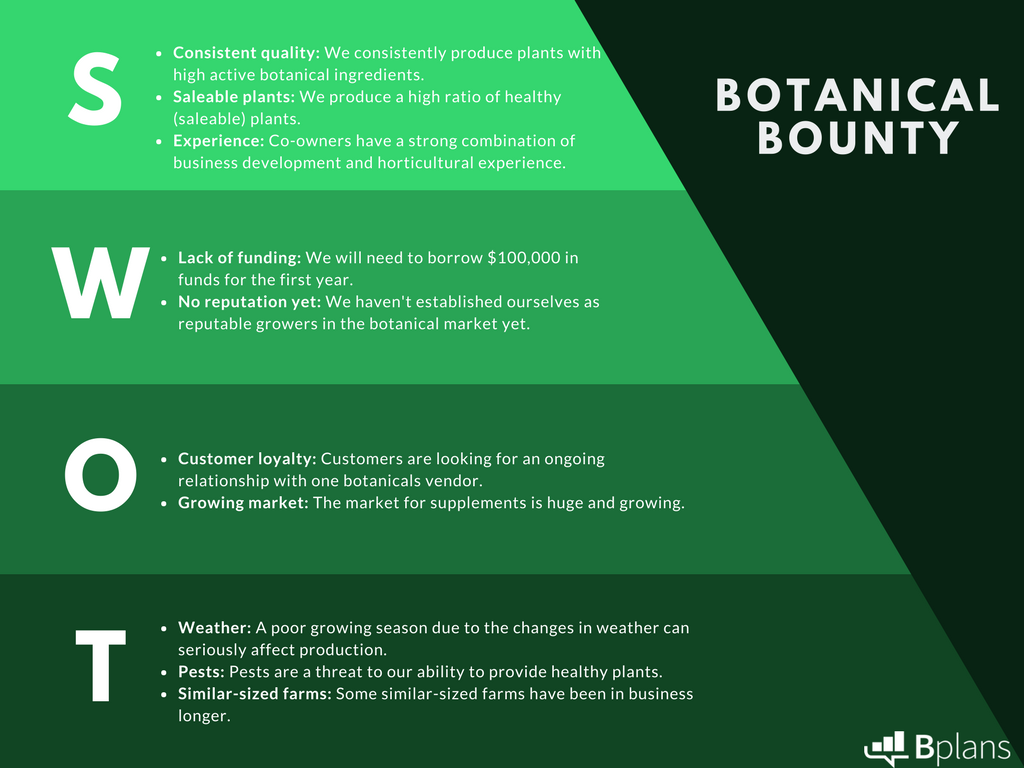How To Do SWOT Analysis
SWOT analysis term is very popular in the corporate office environment. It is a very powerful way to evaluate your product or company and in fact, it can be applied to companies of different sizes and stages of development. Because of this, SWOT can be a very useful tool to help you understand your startup and focus where it matters.
What is a SWOT analysis?
SWOT is an analytical technique used to determine several key characteristics:
- Strengths
- Weaknesses
- Opportunities
- Threats
SWOT analysis can be used to ascertain how well is a given project performing according to initial projections. And when we say ‘project’ it can be a software development project, marketing campaign or anything in between.
This methodology can also be used to determine your startup alignment with your initial (planned) growth trajectory and success benchmarks.
SWOT analysis process
Let’s take a look at each of the SWOT attributes to understand the meaning of each of them.
Strengths
- Things your startup does well
- Qualities and properties separating you from your competitors
- Skilled and knowledgeable staff (know-how)
- Assets (IP, capital, proprietary technologies etc.)
Simply put, this section describes all assets, knowledge, and IP that your startup has does really well. This may even be a unique business model, selling and value proposition or a product line which uses your proprietary technology.
Weaknesses
- Things your startup lacks
- Things your competitors do better than you
- Resource limitations
- Unclear unique selling proposition
This element should be reviewed in relation to your competitors. You need to describe what they have and you don’t. This is the analysis where you need to be extremely honest if you want it to be useful.
Opportunities
- Underserved markets for a specific product
- Few competitors in your area
- Emerging need for your products and services
- Press/media coverage of your startup
This should describe the potential of your idea and where it can go. It should also show opportunities in demographics, geo-related opportunities and so on. Anything that can be done to help you increase sales or improve on the matrix you decided to analyze with the SWOT technique.
Threats
- Emerging competitors
- Changing regulatory environment
- Negative press/media coverage
- Changing customer attitudes toward your company
- Changes in technologies you utilize
This is the section you put everything that keeps you awake at night. You need to understand really well the business landscape your startup is in and honestly put what may be coming at you to slow you down in your trajectory or even push you out of the market.
Here is an example of SWOT analysis, which I found by searching ‘examples of SWOT analysis’ on Google. The image is taken from here.
Here are some free SWOT analysis templates I found on the web.
How to do a SWOT analysis
SWOT is performed by a team of people, it is not a task for an individual. An hour or two, depending on your team size and startup stage should be more than enough. It is like a brainstorming session, but the focus is to focus on the company as a whole, not on a specific issue.
Make sure you have people in this session who represent all parts of your startups. Different groups within your company will have an entirely different view on the analysis parts, which is critical to making SWOT analysis successful.
Start the session by giving everyone a pad of sticky notes and a pen and dedicate 10-15 minutes for each team member to write down quietly their ideas. This will prevent group thinking and ensures you will be able to capture the whole spectrum of ideas and viewpoints.
Once this ‘private brainstorming’ is done, take the sticky-notes and put them on the wall, by grouping similar ideas together. Some people will have even more ideas sparked by what they see on the wall. Let them write these ideas on sticky notes and add them to the wall.
Once all the ideas are on the wall, it is time for the whole group to decide on priorities. Ideas need to be ordered, so it is clear to everyone what are the most important things to be addressed and what needs to be there just as a note or something to keep an eye on.
Usually, the highest-ranked person in the room has the final say on the priority. The CEO is expected to be in this meeting, so it should be him/her who will make the final priority decision, but it is necessary to have all opinions presented to make sure you are not missing something important.
Please note that this process is designed to go one by one for each of the SWOT analysis: Strengths, Weaknesses, Opportunities, and Threats. Do not do them all at the same time, it will create confusion and it will generate incomplete lists.
What to do with your SWOT analysis
Once you have completed your SWOT analysis, it becomes a firm groundwork upon which you can build your strategic blueprint. View this as a terse outline of your business strategy, promotional plan, and the master plan, or launch roadmap, for your enterprise. Remember, it’s essential that you synchronize your SWOT analysis with a pre-set timeframe or schedule, as its relevance is only valid for a certain growth phase of your startup. For example, if your startup experiences drastic alterations or gets uncovered, a comprehensive overhaul of your entire SWOT analysis would be necessary to accommodate your new business requirements and goals.
One advantageous aspect of SWOT analysis is evident when used as your Key Performance Indicators (KPIs). They serve an instrumental role by providing a lucid understanding of your advancement and the path your startup is navigating. The detailed specifics of the SWOT should be shared with the entirety of your team to ensure collective clarity about company objectives and the direction ahead. This way, your entire organization obtains insight into its aspirations and course. Your SWOT analysis provides actionable intelligence for the advancement and evolution crucial to realize your startup aspirations. It embodies the flexible strategy your startup necessitates to adjust and prosper. Converting SWOT into your KPIs aids in tracking progress and retaining focus on essential milestones throughout your startup voyage. In a nutshell, a sound SWOT analysis provides a dynamic perspective of your startup requirements while functioning as a compass for company objectives. Apply it meticulously to monitor your progress, convey clarity to your team, and establish a feasible course for your enterprise.




0 Comments